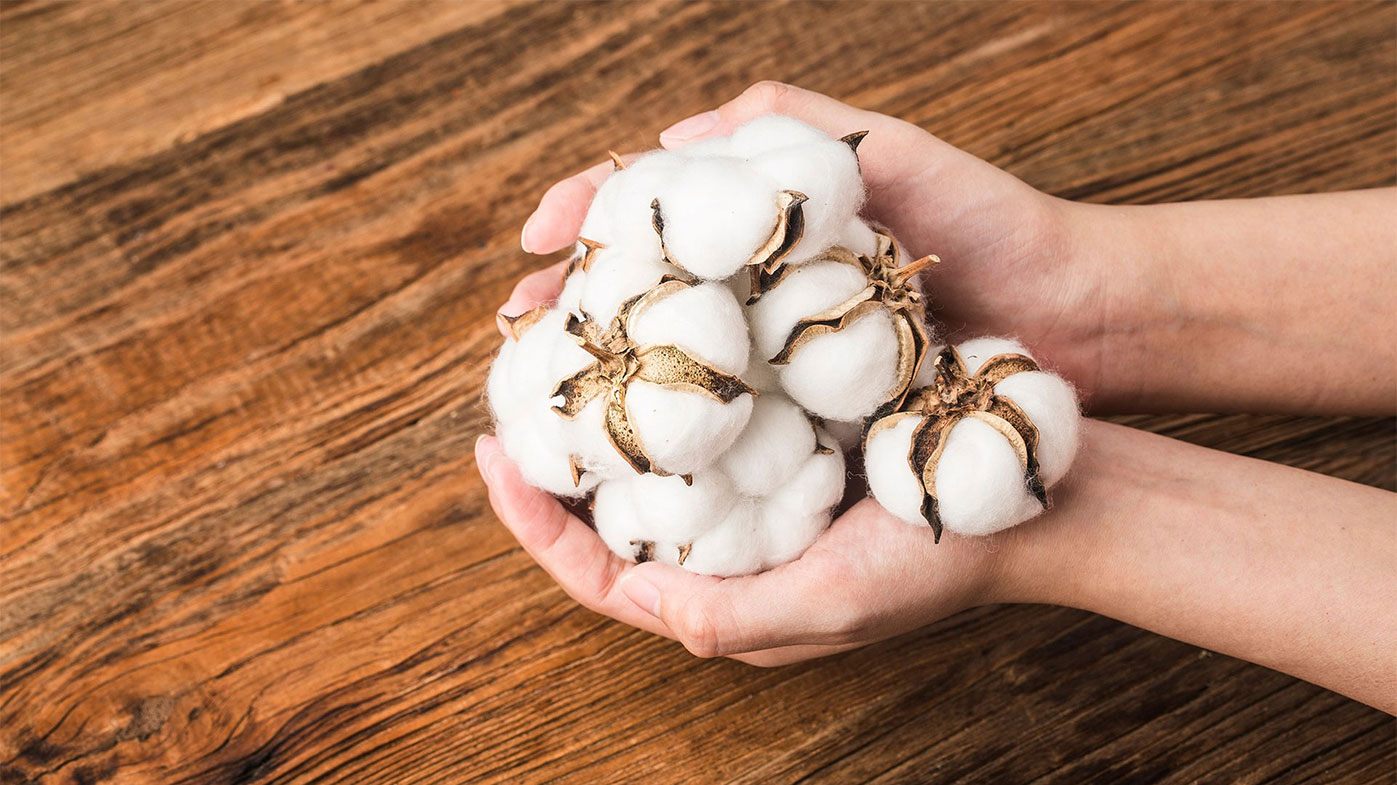
Aug 02, 2025
Bring it on. It’s time for the Dog Days of Summer!
After eleven consecutive closes with a 68-cent number, the cotton market tailed off this past week with four consecutive closes with a 67-cent number. On the last day of the week (August 1, the beginning of the 2025-26 marketing season), December settled at 66.36 cents, down 89 points on the day and just on its 12-week support line.
Will the doldrums continue? Ask Mother Nature…and ask her about her plans for moisture across the Texas plains. The cotton plant is in its heyday, loading up with fruit both day and night while searching desperately for water and nitrogen to both hold and mature that fruit. Yet, the market seems to go through this every year, so this is nothing new.
August promises to be a bit more active on the trading floor. The December contract will continue to do battle with the 66-69-cent range, as it has for the past 12 weeks. Many analysts accept the position that the 12-week low of 66 cents will hold, but that presupposes that the Texas plains will fall short of needed moisture. It is simply too early to make that prediction.
I can see this market falling to 63 cents. There may be only a 50/50 chance, but the U.S. crop can still get bigger than USDA’s current estimate of 14.6 million bales. That said, most expect USDA’s estimated acreage to be some 300,000 acres too high. Specifically, it is believed that USDA overstated plantings in Georgia, North Carolina, Mississippi, Tennessee, Arkansas, and Missouri.
Pure and simple, consumption continues to be a major problem, and I do not find any evidence that cotton demand will improve during the remainder of the third quarter or during the fourth quarter of 2025. Yes, consumer spending on apparel has increased, Unfortunately, cotton’s share of the consumers’ purchases continues to decline.
But let’s not get too bearish just yet.
The U.S. crop still needs a couple more good showers. The subsoil moisture is supporting the possibility of a crop bigger than the current USDA estimate. However, the crop still generally needs two more showers, depending on location. While there cannot be a bull market in the absence of demand, that does not mean cotton futures cannot trade back up to 69 cents. Too, with any extended drought across the Texas plains, prices can battle back for a challenge of 71-72 cents with a very doubtful challenge of the 74-75 cents mark.
We continue to hear loose talk of the problems tariffs have caused the cotton market — comments delivered by those who are looking to blame others for their failure to understand the historical significance of agricultural tariffs imposed by both the U.S. and against the U.S.
Many point to the Chinese failure to purchase U.S. cotton as the tariff issue that is hurting the U.S. They fail to realize that the U.S. had already lost its major importance as an exporter of cotton to China. Count them a year too late in updating their database. Chinese mills would gladly accept U.S. cotton. However, they have now had several years’ experience of spinning Brazilian cotton. And with Brazil enjoying a substantially lower cost of production, it will continue to capture more of China’s cotton import market. The tariff factor is a non-issue.
Additionally, trade arrangements with the Southeast Asian countries are very friendly for U.S. cotton. However, the U.S. cotton industry will have to redouble its messaging to Southeast Asian mills or risk losing an increased share to business to Brazil.
The 66-69-cent trading range will hold for at least another two weeks. In the absence of moisture, prices will increase. However, there is enough moisture in the ground to satisfy the plants’ needs for at least another two weeks.
Give a gift of cotton today.
